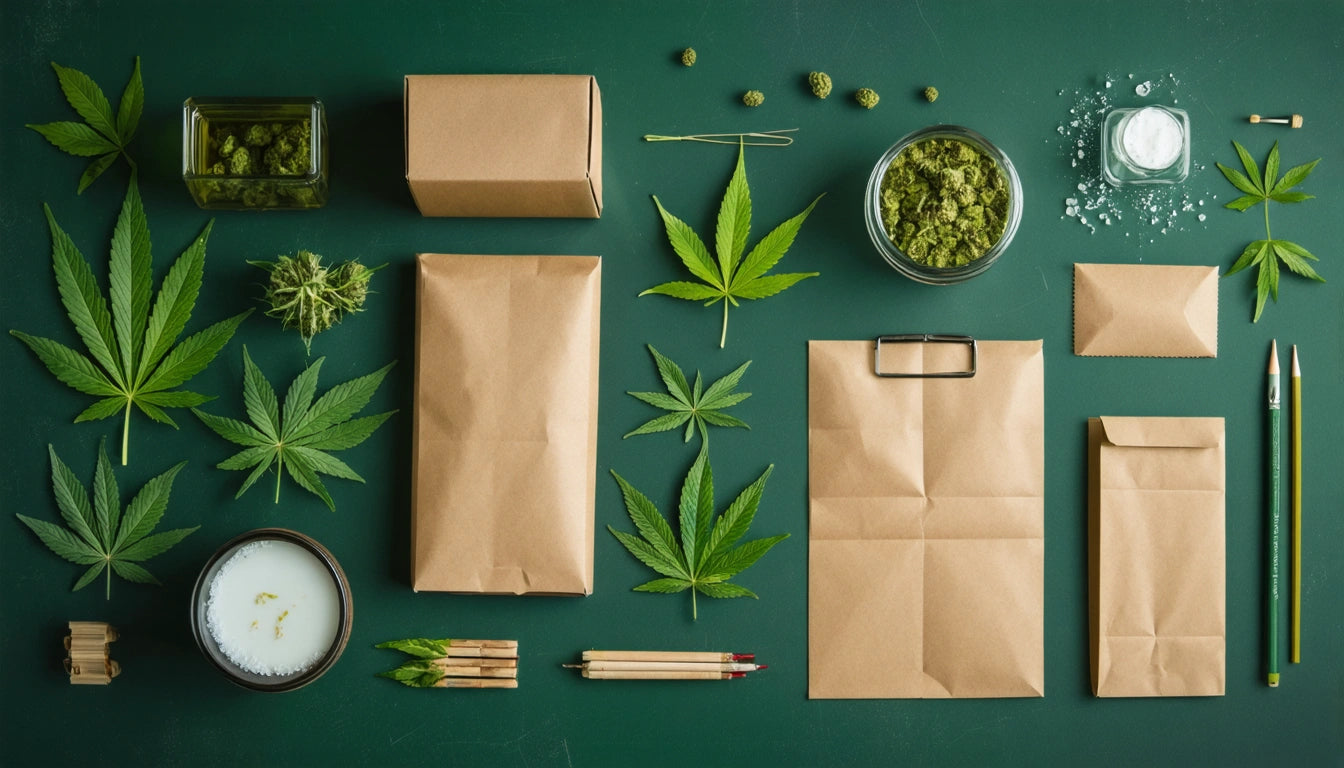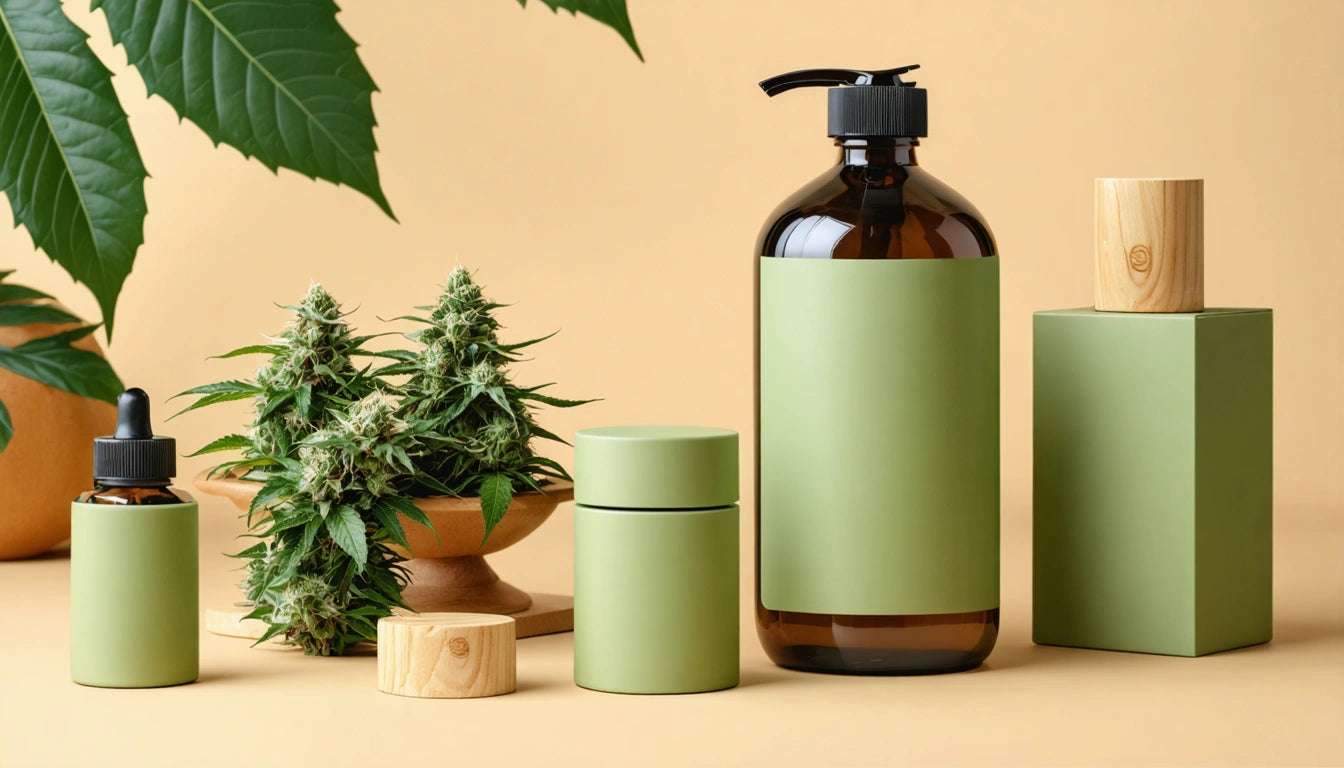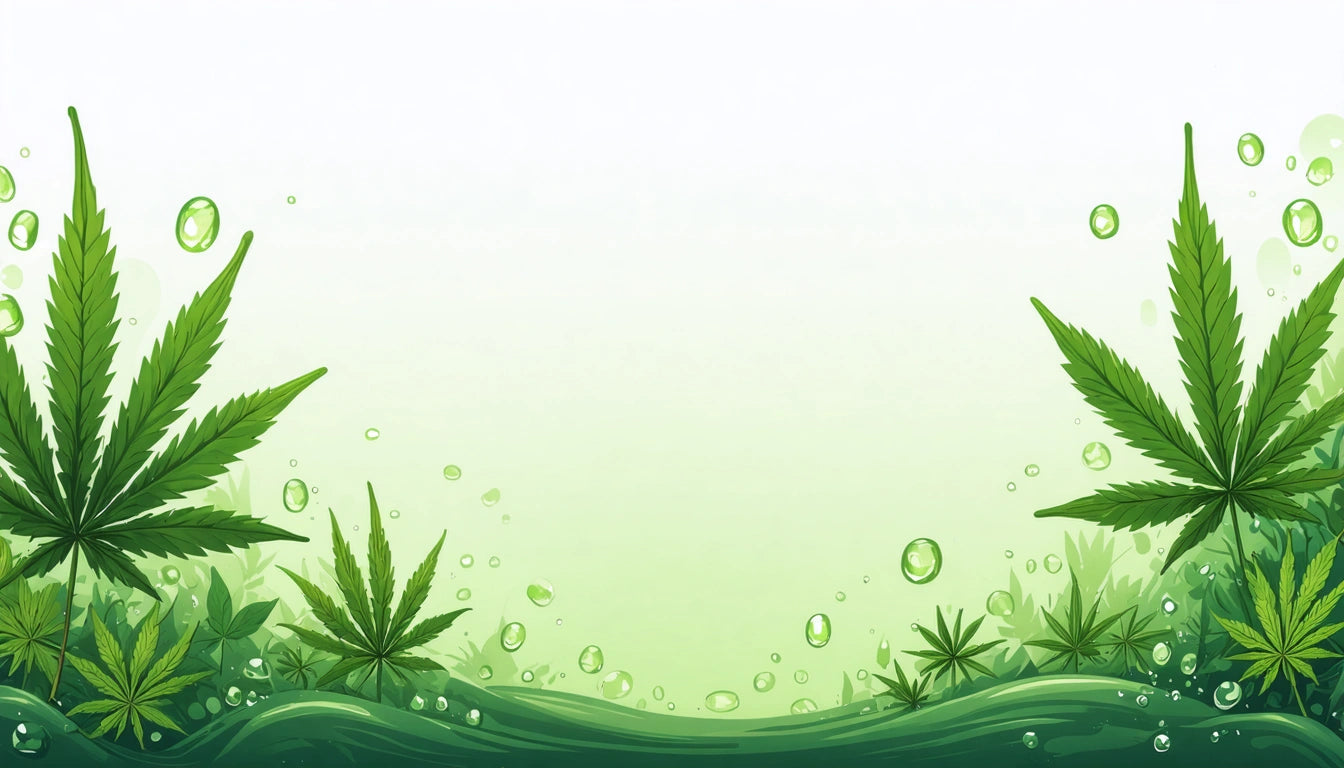Table of Contents
- Understanding the Packaging Workflow
- Initial Design Phase: Concept to Visual
- Dieline Development: The Blueprint for Success
- Mockup Creation: Visualizing the Final Product
- Style Guide Implementation: Ensuring Brand Consistency
- Production Considerations: From Digital to Physical
- Future Packaging Innovations: Where Design Meets Technology
From Design to Dieline: The Full Packaging Workflow Explained
Creating effective packaging involves a comprehensive workflow that transforms creative concepts into market-ready products. For cannabis brands, this process requires attention to compliance, brand identity, and functional design. Understanding each step from initial sketches to final production helps ensure successful outcomes and efficient resource allocation.
Understanding the Packaging Workflow
The packaging development process follows a structured path that begins with conceptualization and ends with production-ready files. This workflow typically includes design ideation, dieline creation, mockup development, style guide implementation, and production preparation. Each phase builds upon the previous one, creating a seamless transition from creative vision to physical product.
Initial Design Phase: Concept to Visual
The journey begins with identifying packaging objectives, target audience, and brand positioning. Designers create initial concepts that address both aesthetic and functional requirements while considering regulatory compliance needs specific to cannabis products.
During this phase, teams should:
- Research competitive packaging in the market
- Define key messaging and visual elements
- Consider sustainability requirements
- Establish preliminary dimensions and structures
Design concepts should balance visual appeal with practical considerations like product protection, shelf visibility, and user experience.
Dieline Development: The Blueprint for Success
Dielines serve as the technical blueprint for packaging structure. They specify exact dimensions, fold lines, cut lines, and glue areas that will guide manufacturing. As explained in what designers need to know about packaging dielines, these technical specifications translate creative vision into producible formats.
Modern dieline development has evolved significantly, with smarter, simpler, and faster approaches now available through specialized software and templates. This evolution has streamlined the workflow while reducing errors and production delays.
Mockup Creation: Visualizing the Final Product
Mockups transform flat designs into three-dimensional representations that simulate the final product. They allow stakeholders to evaluate aesthetics, functionality, and shelf impact before committing to production costs. Great packaging mockups provide realistic visualizations that help identify potential issues and refinement opportunities.
For cannabis products, mockups should include all required regulatory elements like warning labels, THC symbols, and child-resistant features. This comprehensive approach ensures compliance while maintaining design integrity.
Style Guide Implementation: Ensuring Brand Consistency
Style guides provide standardized specifications for visual elements across packaging lines. Building a packaging style guide that scales is essential for maintaining consistency as product lines expand. These documents specify color palettes, typography, imagery guidelines, and structural standards.
For cannabis brands with multiple product categories, style guides ensure cohesive brand presentation while accommodating category-specific requirements. They serve as the central reference for designers, printers, and production teams throughout the workflow.
Production Considerations: From Digital to Physical
The transition from digital designs to physical packaging involves several technical considerations. File preparation, color management, material selection, and printing specifications must align with manufacturing capabilities. For precise quality control, many cannabis companies use precision measurement tools and digital scales to ensure consistent product filling and packaging weights.
Production preparation includes:
- Converting design files to printer-ready formats
- Specifying ink types and coverage areas
- Selecting appropriate substrates and finishes
- Establishing quality control checkpoints
- Creating production schedules aligned with market launch timelines
Effective communication between design teams and production partners is critical during this phase to prevent costly errors or delays.
Future Packaging Innovations: Where Design Meets Technology
The packaging workflow continues to evolve with technological advancements and changing market demands. Emerging trends include automated dieline generation, augmented reality mockups, and integrated compliance verification systems. For cannabis brands, staying current with these innovations offers competitive advantages in efficiency, cost management, and market responsiveness.
As sustainability concerns grow, the workflow increasingly incorporates environmental impact assessments at each stage. This holistic approach ensures packaging meets both current needs and future market expectations.
Understanding the complete packaging workflow from design to dieline empowers cannabis brands to create distinctive, compliant packaging that strengthens market position while optimizing production resources. By mastering each phase of this process, companies can achieve both creative excellence and operational efficiency.











Leave a comment
All comments are moderated before being published.
This site is protected by hCaptcha and the hCaptcha Privacy Policy and Terms of Service apply.